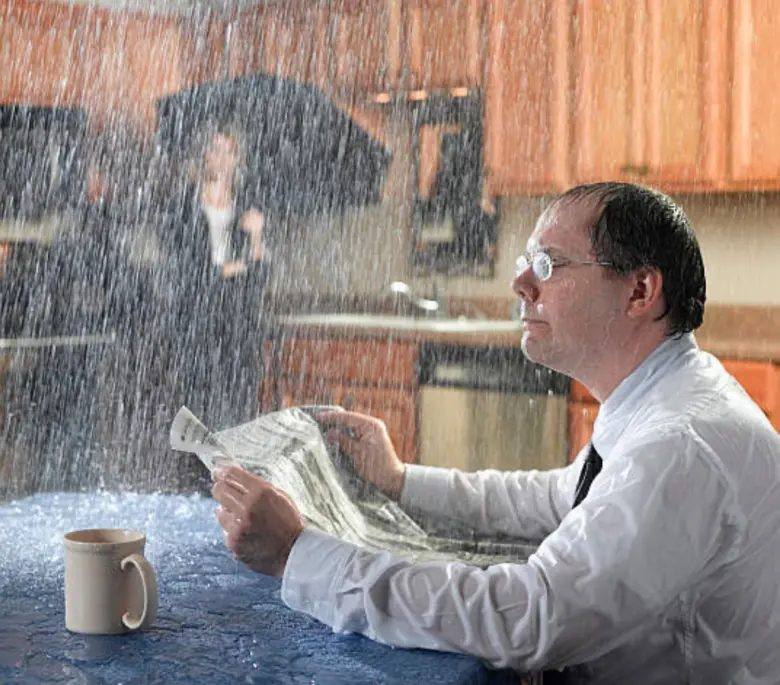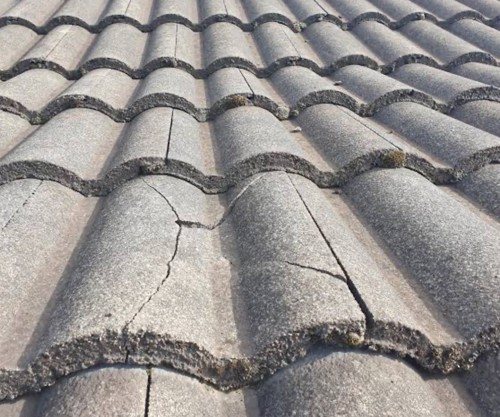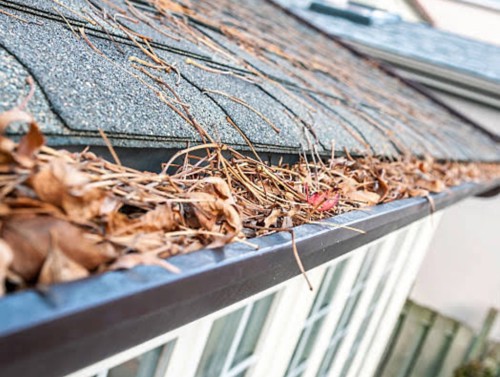

When the Sky Opens: Why Your Roof Only Leaks in Wild Weather

May 2025 passed us by but not without leaving its mark, Christchurch experienced some its wettest days since MetService records began in 1943. During the 24 hours of 9am Wednesday 1 May to 9am Thursday 2 May, Christchurch recorded 80.2mm of rain, nearly double its April average of 44mm. The city’s wettest day on record was in January 1980 when 110.4mm fell.
Whilst we had a local state of emergency in place, most properties coped well with the deluge in the city - lower lying areas certainly had wet feet.
Why Does My Roof Leak Only During Heavy Rain and Wind?
This month I’ve put my builder’s hat back on for a bit of a look around roofing and why a seemingly perfectly good roof starts leaking. If your roof only leaks during heavy rain and wind, you're not alone. This type of intermittent leak is a common issue for us to try and diagnose and fix. Understanding why your roof leaks when 99% of the time it’s fine can be a challenge for us and most professionals. Most roofs were certainly put to the test this month with the rain we’ve had.
The most common causes of roof leaks during heavy rain and wind are likely to be caused by one of the following -
1. Wind-Driven Rain
Heavy winds can force rainwater into areas of your roof that wouldn’t normally be vulnerable during light or vertical rainfall. This includes:
Under shingles, concrete or metal tiles: Strong winds can lift shingles slightly, allowing rain to be blown underneath.
Around flashings: Improperly sealed flashings around chimneys, skylights, or vents can let in wind-driven rain.
Soffit and fascia areas: Wind may push water into weak points under the eaves.

2. Compromised Shingles or Roofing Materials
Even a slightly cracked tile or a missing shingle can cause water ingress when conditions are severe.
Cracked or out of place tiles lose their waterproofing capability.
Nail pops or improperly installed ridging may create small gaps that only become problematic under pressure from wind and rain. We stopped nailing roofs a long time ago, as over time the nails thermally walk out of the purlins. That’s why roofs are now screwed down. Replacing nails with screws is a good place to start on a problematic iron roof.

3. Faulty Flashing or Sealants
Flashing is meant to direct water away from joints and transitions on your roof (like where it meets a wall or chimney). If flashing is corroded, improperly installed, is loaded with roof litter allowing water build up or has gaps, wind-driven rain can penetrate these areas.
Old sealant can also crack and deteriorate, letting water seep in under pressure.
4. Clogged Gutters and Downpipes
When gutters are clogged with leaves and debris, water can back up and pool at the edge of your roof. During heavy rain, this overflow can seep or leak into the fascia board and back into the building envelope especially when wind forces the water sideways.
Now, with Autumn pretty much behind us, it’s a great time to get your property manager to have your spouting’s vacuum cleaned.

5. Improper Roof Slope or Design
Some roofs with low slopes or complex designs can be more susceptible to leaks during high wind and rain. Water can accumulate or be pushed into valleys, over iron laps and seams that aren’t properly waterproofed. You’d think with modern design that this issue would be eliminated but it still happens. This type of roof likes being kept 100% roof litter free, the least chance of water ponding is the best strategy here.
6. Poor Ventilation or Condensation Issues
In some cases, the water we notice might not be from a direct leak, but from condensation caused by poor ventilation. However, wind and rain may exacerbate these issues, making them appear as roof leaks. These ones are tricky to trace and resolve thankfully they are a seldom occurrence.
Signs of leaks manifest in many different ways, it’s not always water dripping from a down light or the ceiling collapsing. We see water stains on ceilings or walls only after storms, damp spots on the ceiling from wet insulation in the ceiling space, dripping during windy storms but dryness during light rain and mould or mildew in isolated areas of the ceiling and sometimes down the walls.

A roof that leaks only during heavy wind and rain typically signals an issue with waterproofing integrity under stress. These are best not ignored or assumed it's a rare occurrence, it’s best to investigate and repair the problem. Left unaddressed, even occasional leaks can lead to long-term water damage, mould, and structural issues. Sometimes when it comes to concrete or pressed tile roofs, their time has come and they need complete replacement.


